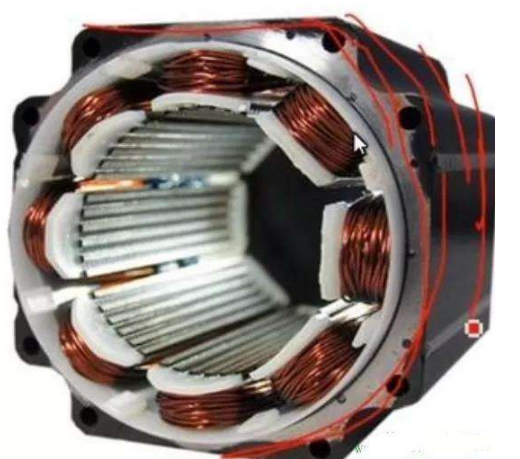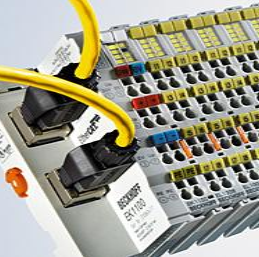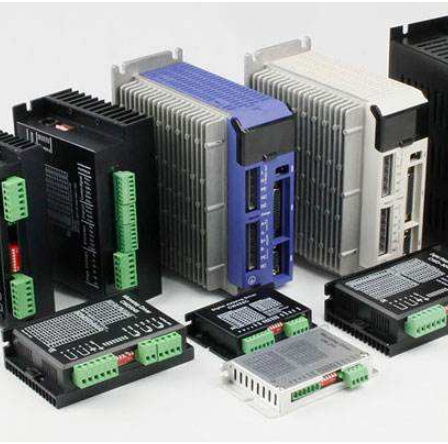The speed of the stepping motor is proportional to the frequency of the pulse signal. The frequency of the stepping pulse signal can be controlled to accurately adjust the speed of the motor. The number of stepping pulses can be controlled to accurately position the motor. Therefore, the typical stepper motor drive control system is mainly composed of three parts:
1. Step controller: man-machine interface, motion planning, I/O control.
2. Driver: pulse distribution, current amplification.
3. Stepper motor: drive the load.
The electrician learning network small series suggestions can refer to the following stepper drive selection guide:
Driver supply voltage: The input voltage of the driver determines the high-speed performance of the motor. The higher the supply voltage, the greater the torque at high speed of the motor, and the higher the speed of the step. However, if the voltage is too high, the driver will be over-voltage protected and the motor will generate more heat, which may cause damage to the drive. When working under high pressure, the vibration of the motor moving at low speed will be larger. The conventional input voltage is 24VDC, 48VDC and so on.
The current of the driver: The current is the basis for judging the driving capacity of the driver. Generally, the maximum rated current of the driver cannot be greater than the rated current of the motor. The output current setting of the drive determines the torque of the motor. When the current setting value is larger, the motor output torque is larger, but when the current setting is too large, the heat of the motor and the driver is also serious. The usual setting method uses the stepper motor rated current value as a reference, but the optimum value in practical applications should be adjusted on a basis. The main current specifications of the driver are: 2.0A, 3.0A, 4.0A, 6.0A, 8.0A, etc.
Subdivision of the driver: The working mode of the stepper motor driver has a full step, a half step, and a subdivision. The main difference lies in the control precision of the motor coil current. Usually stepper motors have the characteristics of low frequency vibration, and the subdivision setting can improve the smoothness of the motor at low speed.

















 RCCN WeChat QrCode
RCCN WeChat QrCode Mobile WebSite
Mobile WebSite


